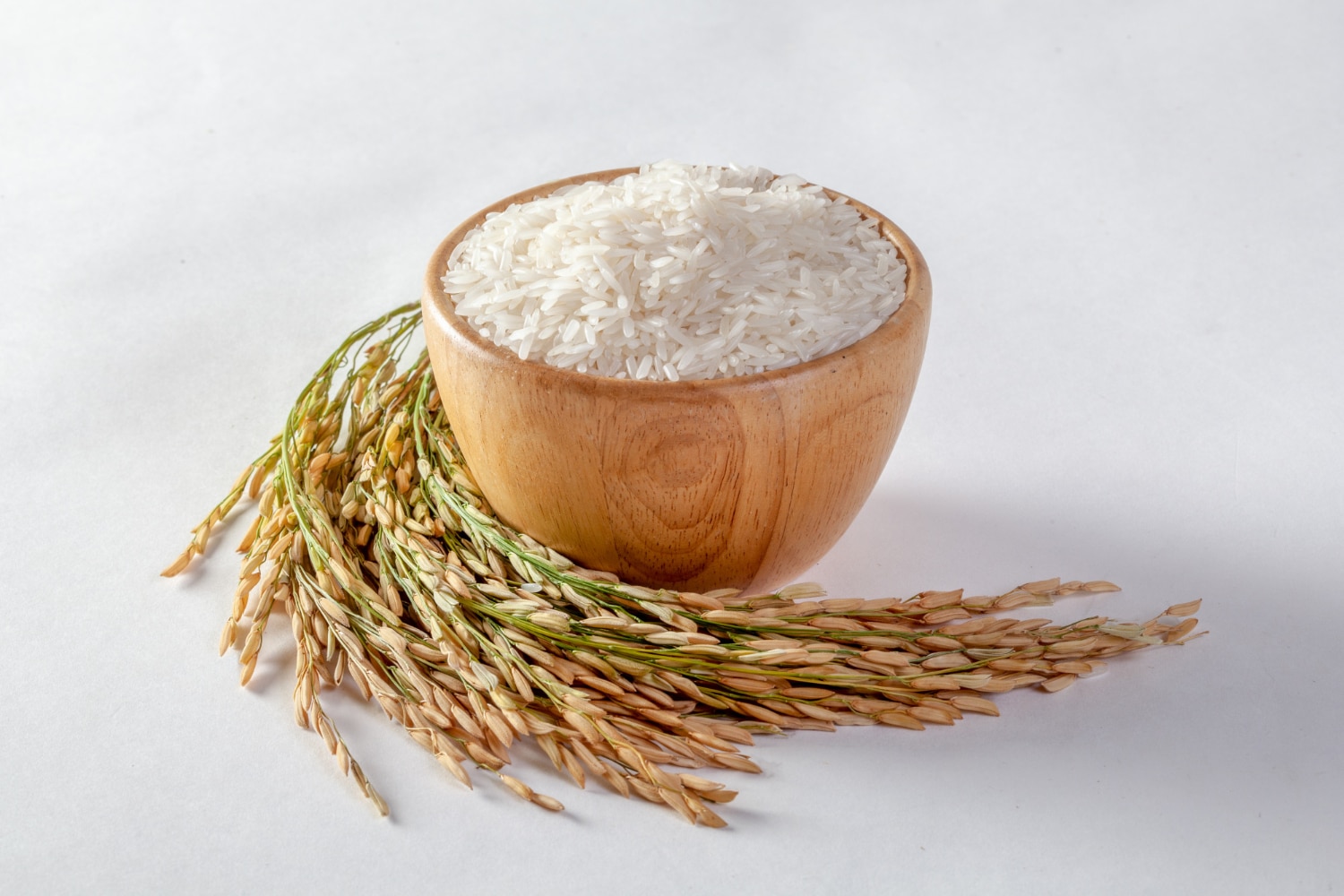Oryza sativa is one of the oldest staples globally, and it holds the same level of prestige as wheat, which has been used for both leavened and unleavened bread for centuries.
Just what is it about rice that makes it such a perfect fit for so many side dishes and rice recipes? And which type of rice will provide a lower level of carbohydrates per serving so you can maintain your diet or weight loss efforts?
What Is Rice Low in Carbs?
If you only know white rice, you are in for a treat because there is a broader spectrum of rice variants in the market if you want to start changing your diet.
Brown rice
This type of rice provides 52 grams of carbohydrates for every cup of cooked, long-grain brown rice. Brown rice is considered one of the most nutritious types of rice globally, and it is touted as the go-to for those who want to start improving their health.
Brown rice is prevalent in the natural wellness and fitness circles because it is widely available and is a natural whole grain that provides not just energy but dietary fiber with every forkful.
Essentially, white rice and brown rice are the same – it’s just that with brown rice, the outer layer has not been milled away and becomes part of the rice upon cooking.
Brown rice is unique because it is helpful in situations where you need to control your glucose intake and the glucose spike that comes with consuming rice in the first place.
Experts also state that brown rice can be used to control type 2 diabetes, and if you have trouble keeping your cholesterol level down, eating more fiber (by eating more brown rice) might help.
There are sub-varieties of brown rice, each offering a different type of experience to the consumer.
You may already be familiar with brown rice with a nutty flavor, but did you know that there is also aromatic brown rice and sweet brown rice? Explore your local grocery for different brands of brown rice and see which one works for you the best.
White Rice
White rice is the most popular rice, and it provides 53 grams of carbohydrates per cup for cooked, short-grained white rice. White rice is also the most widely used variety. While it is delicious, the processing that white rice undergoes dramatically reduces some of its natural attributes, including vitamins and minerals.
Much of the grain fiber is also removed during the milling process. White rice is easier to chew, and it encapsulates flavors more quickly because it lacks fiber, but it’s not the healthiest type of rice around.
Wild Rice
Wild rice also has a wildly low carbohydrate content at just 35 calories per cup. The big difference between brown rice and wild rice is that it is actually the resulting grain from four specific grass species.
What does this mean? Wild rice is not technically from the same family as white rice and brown rice.
However, people have taken to simply calling the grain of these wild grasses rice for simplicity’s sake. The fact that the grains are eaten like rice rightly makes the grain ‘like rice,’ which is good enough for many people.
Black Rice
Despite the daunting name, black rice is just as tasty as brown rice and white rice and ranks low on the glycemic index. Black rice provides only 34 grams of carbohydrates per serving and has one of the highest amounts of dietary fiber around. Black rice is also known for having a lot of antioxidants, iron, fiber, and protein.
Interestingly, black rice is often used for different dessert cheeses and tends to have a slightly sweet flavor. You can use black rice for experimentation in many dishes, not just pairing it with sauces and other side dishes.
Red Rice
Like black rice, many people feel that eating red rice is “a bit too much” because it looks very different but does indulge us a little. Red rice is low glycemic compared to brown rice and white rice and has just 45 grams of carbohydrates per serving.
The rest of the rice is defined by its chewy goodness and excellent texture, which lends well to different recipes. Red rice is the most complex of all the rice types we explored here today, and the red color is an aesthetic boost.
Is Jasmine or Basmati Rice Healthier?
Basmati rice and jasmine rice have very few differences nutritionally, and the main differences lie in the domain of smell and texture. Therefore, if you feel pressed that you need to cook basmati rice or jasmine rice at home, don’t, unless you need the added flavors or texture for your meals.
Regular long-grained white rice has fewer calories than jasmine rice, and jasmine rice has one gram of fat because of its oil content. If you want to have a healthier time, did you know that jasmine rice also has a brown rice variety?
Brown rice retains the outer layer right next to the core of the grain. Jasmine rice can also be made into brown rice, and the resulting rice is certainly more nutritious than the purely white grain variety.
Can I Eat Rice on A Low-Carb Diet?
You can generally speak, but you have to significantly reduce the serving size not to exceed the usual range of 100-150 calories from carbohydrates per day. Diets like the keto diet emphasize fats more than carbohydrates, so you must follow the diet plan to try out the diet correctly.

